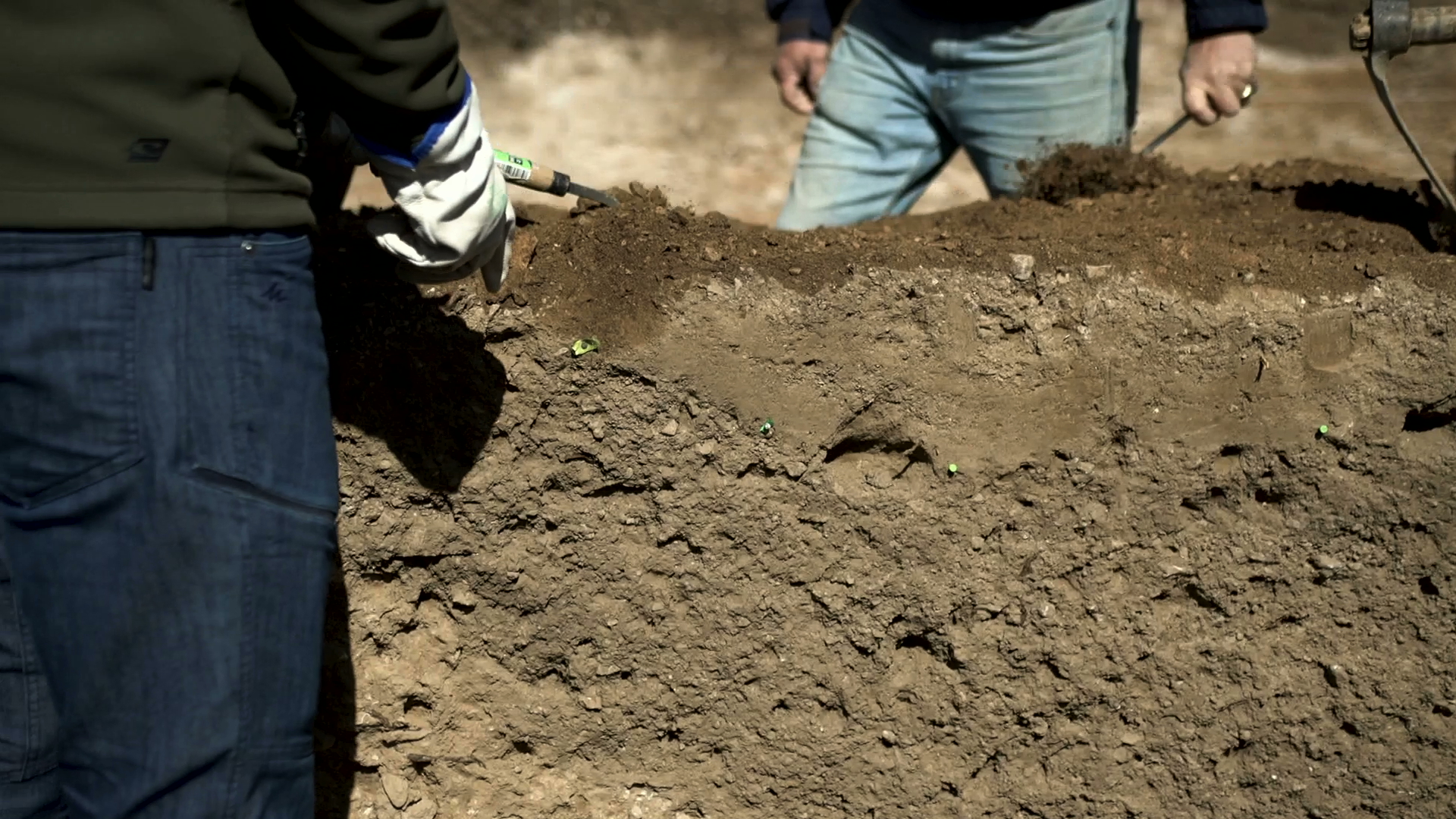Detecting seismogenic sources (active faults) implies a regional analysis, mainly based on geomorphological, structural and seismological (instrumental and historical) research. Our group is known for adapting methodologies to slowly deforming areas where, owing to the effects of erosion, the geomorphological indicators are unconspicuous. Faults in these areas need to be analyzed at long time scales to obtain representative seismic histories. Once the most active faults have been detected, a paleoseismological analysis is performed, if possible, based on detailed geomorphology and trenching. The description of the seismic source includes the following parameters:
Our main objectives are:
- reduce gaps of information in the natural laboratory of the Eastern Betics Shear Zone (EBSZ) by considering whole fault transects, refining representative slip-rates and establishing fault geometries at depth.
- test the methodologies developed in the EBSZ to characterize seismic sources in the Baix Ebre (highly relevant for the safety of Ascó and Vandellós Nuclear Plants) and the High Pyrenees.
Collaborations:
At a national level we have collaborated with researchers of the IGME (R.Banda, J.García Mayordomo) and from the UCM (J.Insua-Arévalo, J.J. Martínez Díaz), the UAM (C.Canora), and Universidad de León for remote sensing (E.García Meléndez), among others. He have also started a line of research in collaboration with A.Moreno (IPE-CSIC) and B.Valero (IPE-CSIC) to study paleoseismites in the lakes of the Central Pyrenees, counting with the support of the Diputación de Huesca.




















